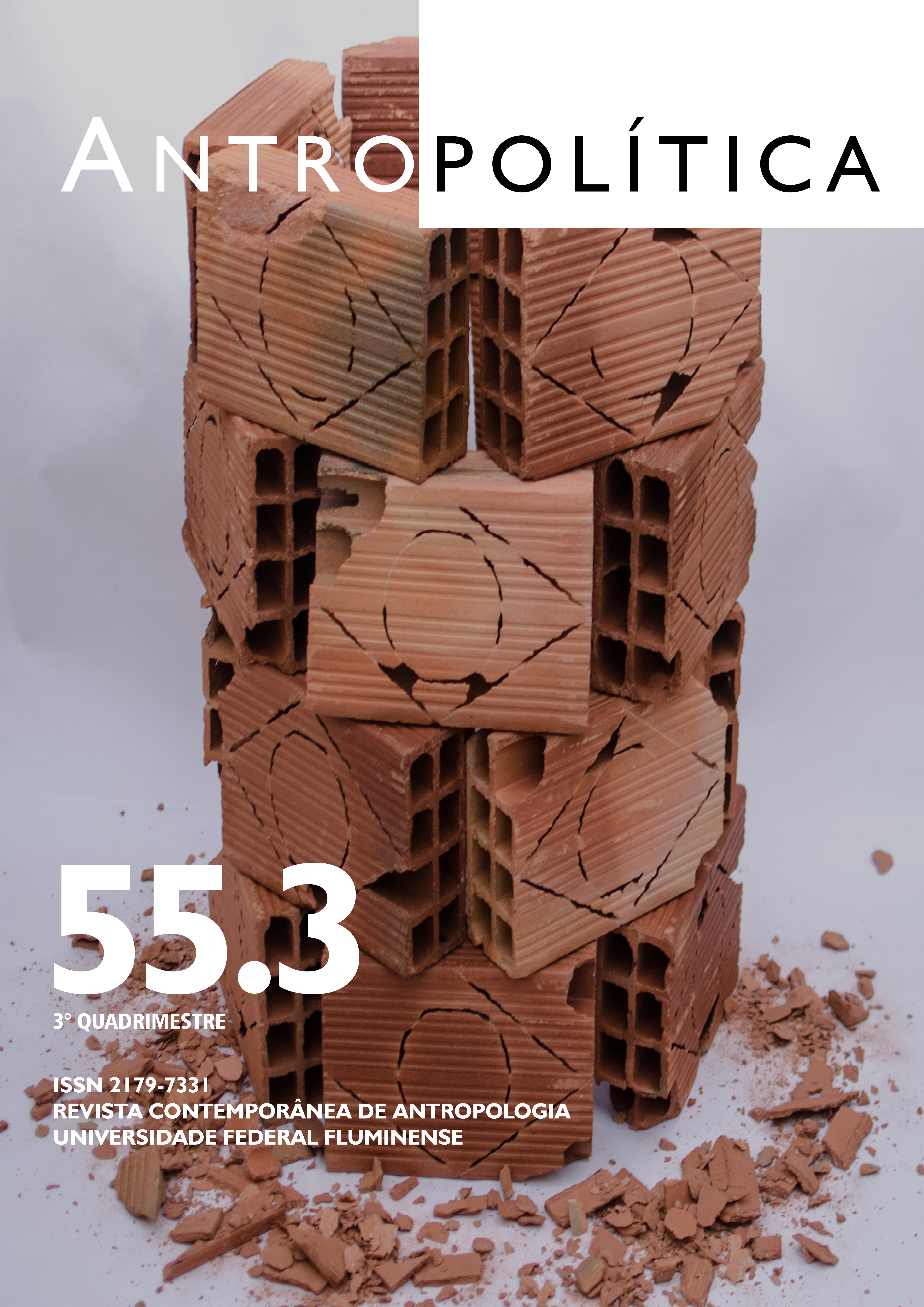Michael and the continuity of existence: experiment in a reflexive group
DOI:
https://doi.org/10.22409/antropolitica.i.a55299Keywords:
Reflexive group, Human volume, Voluments, Violence against women, Continuity.Abstract
This article aims to identify and analyze “voluments” triggered by Michael, a man accused of violence against women, in a reflexive group in Campo Grande (MS). The concept of “volument” was developed by Albert Piette (2019) to observe elements of a human being, or “human volume”, such as styles, corporeality, language, gestures, and subjectivities, among others. In this way, my argument is that the “human volume” we will observe triggers voluments in the reflexive group to stabilize the continuity of his being’s existence and face judicial impositions forcing him to be there. As to the method of the research, I chose to analyze a single person to descend to the smallest, molecular, level of the experiential sphere of violence. In this way, the numbers that place Mato Grosso do Sul among the states with the highest rates of domestic violence come to life. My method is volumography, the method that allows us to observe a single person in its details. As a way of evoking my experience with Michael, I combine writing with drawing. Since no one is allowed to take notes during group meetings, I wrote and drew later as a way to evoke memories and situations.
Downloads
Published
How to Cite
Issue
Section
License
Copyright (c) 2023 Asher Grochowalski Brum Pereira

This work is licensed under a Creative Commons Attribution 4.0 International License.
O conteúdo da revista Antropolítica, em sua totalidade, está licenciado sob uma Licença Creative Commons de atribuição CC-BY (http://creativecommons.org/licenses/by/4.0/deed.pt).
De acordo com a licença os seguintes direitos são concedidos:
- Compartilhar – copiar e redistribuir o material em qualquer suporte ou formato;
- Adaptar – remixar, transformar, e criar a partir do material para qualquer fim, mesmo que comercial;
- O licenciante não pode revogar estes direitos desde que você respeite os termos da licença.
De acordo com os termos seguintes:
- Atribuição – Você deve informar o crédito adequado, fornecer um link para a licença e indicar se alterações foram feitas. Você deve fazê-lo em qualquer maneira razoável, mas de modo algo que sugira que o licenciante o apoia ou aprova seu uso;
- Sem restrições adicionais — Você não pode aplicar termos jurídicos ou medidas de caráter tecnológico que restrinjam legalmente outros de fazerem algo que a licença permita.


